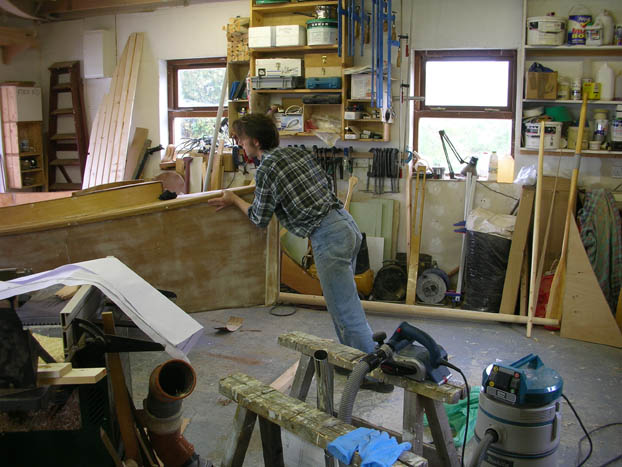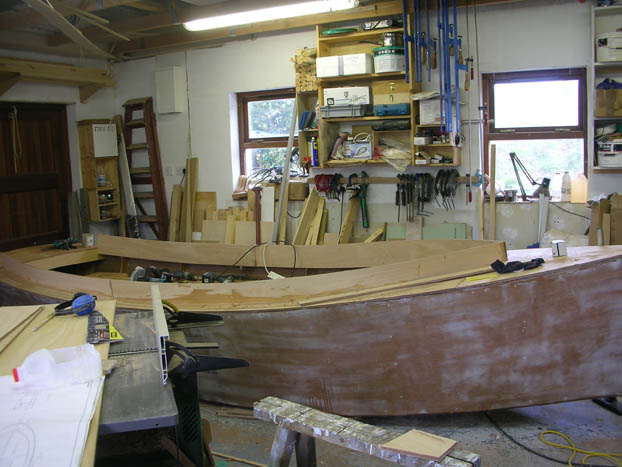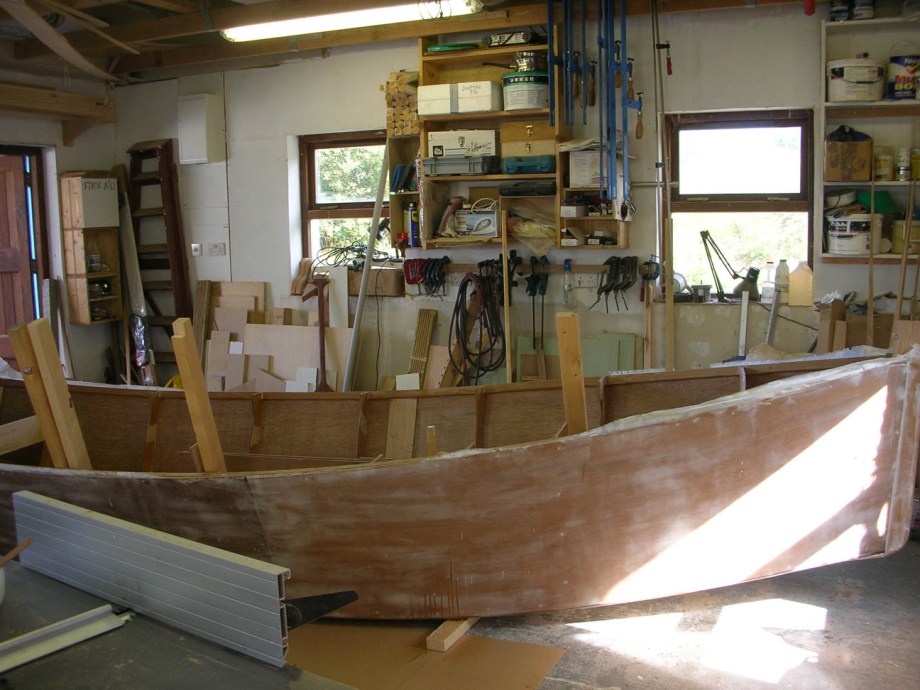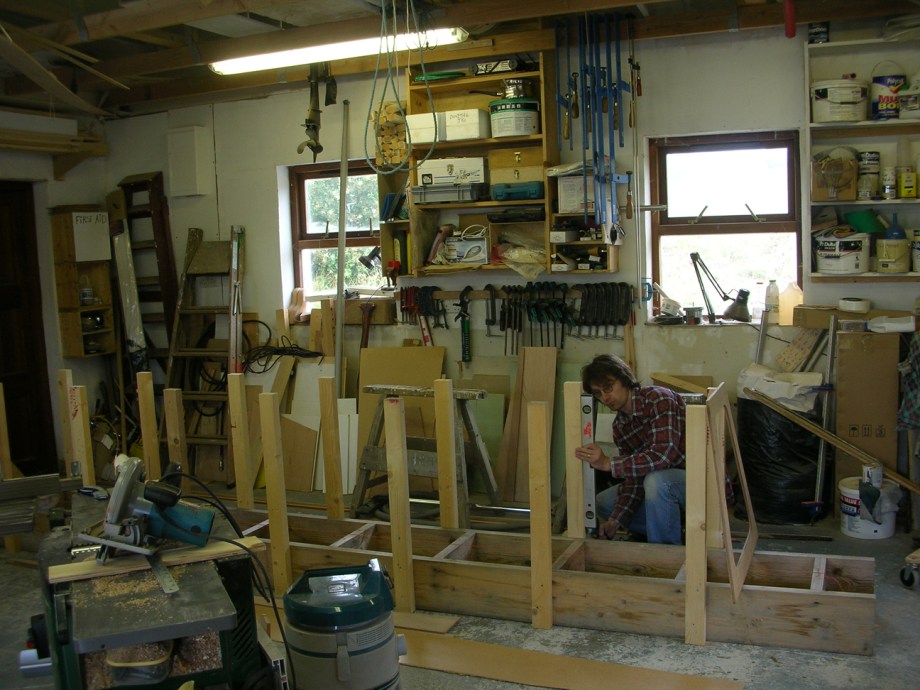 This lovely raised deck 25 foot cruiser was designed by William Hand in the 1920’s. It is part of a series of boats that he designed that ranged from the smallest Zenith (below) all the way to eclipse at 40 feet. All of them featured a raised deck that produces a roomy and strong hull and to my eye anyway good looking boat. It is the quintessential classic cruiser look. You can easily imagine yourself enjoying an exhilarating trip across the bay to a friends cocktail party. This boat is no slouch, the lightly but strongly built hull, slips through the water at a tidy clip and is powered by a miserly 20hp inboard diesel. You shouldn’t think that these boats are just for zipping around the harbour, in their day Hand designed motor boats of this size and smaller have completed quite long cruises. One of these famously was from Long Island to Nova Scotia and long and demanding journey for any boat.
This lovely raised deck 25 foot cruiser was designed by William Hand in the 1920’s. It is part of a series of boats that he designed that ranged from the smallest Zenith (below) all the way to eclipse at 40 feet. All of them featured a raised deck that produces a roomy and strong hull and to my eye anyway good looking boat. It is the quintessential classic cruiser look. You can easily imagine yourself enjoying an exhilarating trip across the bay to a friends cocktail party. This boat is no slouch, the lightly but strongly built hull, slips through the water at a tidy clip and is powered by a miserly 20hp inboard diesel. You shouldn’t think that these boats are just for zipping around the harbour, in their day Hand designed motor boats of this size and smaller have completed quite long cruises. One of these famously was from Long Island to Nova Scotia and long and demanding journey for any boat.
 Down below there are all that is needed for you and a companion to cruise in comfort from bay to bay, with two berths, a galley and toilet. The boat as designed featured a canvas awning over the self draining cockpit but for a little more comfort in these northern climes a simple cabin can be built to keep you and your crew dry and cosy on those inclement days and keep the sun off on those glorious summer days that make you drop everything to get out in your boat.
Down below there are all that is needed for you and a companion to cruise in comfort from bay to bay, with two berths, a galley and toilet. The boat as designed featured a canvas awning over the self draining cockpit but for a little more comfort in these northern climes a simple cabin can be built to keep you and your crew dry and cosy on those inclement days and keep the sun off on those glorious summer days that make you drop everything to get out in your boat.
If you would like your own custom built Zenith, a fine sea boat that will give you many years of pleasure and relaxation contact Tiernan Roe at 086 158 6937 or roeboats@ymail.com. Less than you would pay for a similar mass produced ugly plastic boat that will no doubt gobble as much fuel in a day as Zenith might use in a week.
28, 34 and 40 foot versions also available contact Tiernan for more info.
Roeboats, Ballydehob, Co. Cork, t:+353 (0)28 38973 m: +353 (0)86 158 69 37 e:roeboats@ymail.com
Home
Print or E-mail this post































